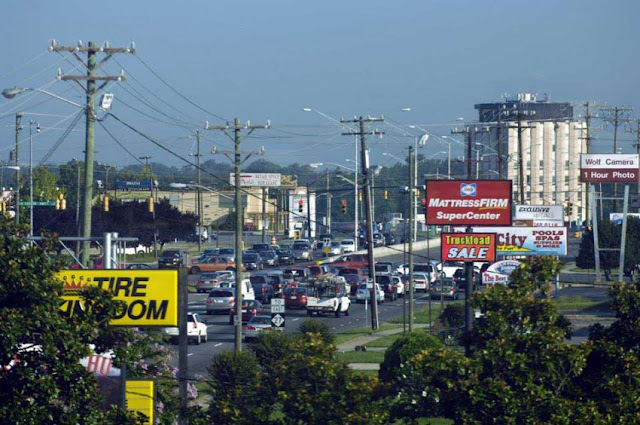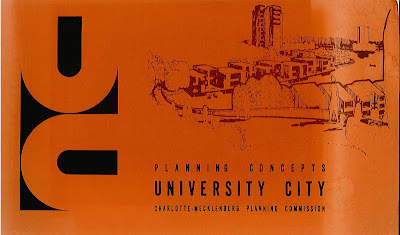The topic of transit – or the lack of it – arose during public hearings on the vast new River District development that won city approval last month. The almost 1,400-acre development will grow west of the Charlotte Douglas International Airport in what today is a rural and thinly settled area.
The development is expected to generate 120,000 vehicle trips a day. That number got the attention of Charlotte City Council members, who talked about transit but did little beyond talk before approving the developers' rezoning request. That's because the city's plans for transit to that part of town are, for now, vague and – like most of the 2030 Transit Plan beyond the Blue Line Extension – unfunded.
The city isn't allowed to impose impact fees without state legislative approval. And don't hold your breath for that. Further, state courts struck down some counties' attempts at adequate public facility ordinances – where developers either had to wait until local governments could afford to offer public facilities such as classrooms and police/fire service to serve the new development, or pay a fee to help the local government provide them.
So Charlotte can't do what Sacramento, Calif., is proposing: a transportation impact fee on most new construction to fund
The development is expected to generate 120,000 vehicle trips a day. That number got the attention of Charlotte City Council members, who talked about transit but did little beyond talk before approving the developers' rezoning request. That's because the city's plans for transit to that part of town are, for now, vague and – like most of the 2030 Transit Plan beyond the Blue Line Extension – unfunded.
The city isn't allowed to impose impact fees without state legislative approval. And don't hold your breath for that. Further, state courts struck down some counties' attempts at adequate public facility ordinances – where developers either had to wait until local governments could afford to offer public facilities such as classrooms and police/fire service to serve the new development, or pay a fee to help the local government provide them.
So Charlotte can't do what Sacramento, Calif., is proposing: a transportation impact fee on most new construction to fund







